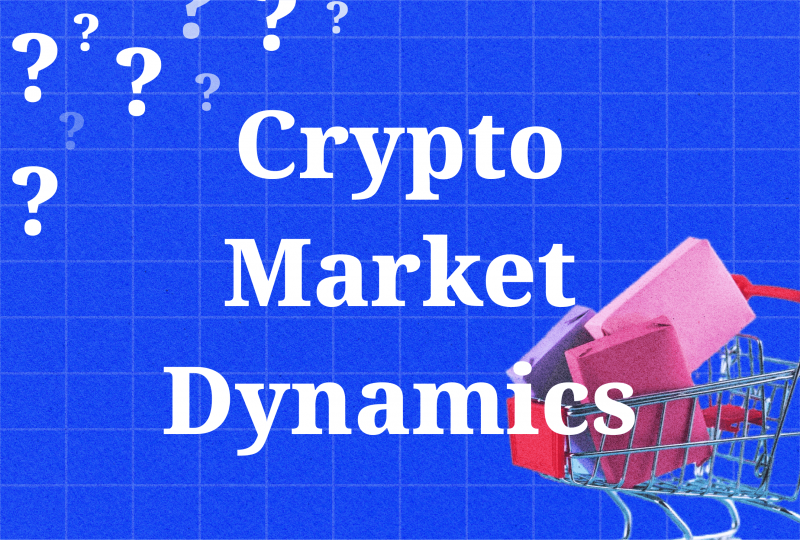Will The New Ripple Stablecoin Rescue XRP’s Dwindling Crypto?
Apr 05, 2024

The stablecoin market is witnessing significant entries from multiple crypto projects and financial institutions, contributing to the unique value these fixed virtual coins provide as opposed to conventional cryptocurrencies.
Ripple Labs is the latest player into this market, breathing life into its crypto system that has faced a few blows over the last few years. Despite being labelled as an “old-school” blockchain, XRP might have failed to handle the market pressure very well.
Can the new Ripple stablecoin bring this crypto back? Let’s find out.
Introducing The Ripple Stablecoin
On April 4, 2024, Ripple Labs, the developer startup for XRP cryptocurrency, announced that they are working on a new stablecoin, which is expected to be approved by the end of 2024.
XRP’s CEO did not specify the release date, but he mentioned that they hope regulators will approve the introduction before the 2024 US presidential elections.
The new Ripple coin is set to be backed by USD deposits, US Treasury bonds and cash equivalents to maintain the coin peg to 1-1 at $1. In the first stage, the introduction is expected to include only the US market, possibly expanding to European and Asian markets.
Why is XRP Launching a Stablecoin?
Following the Ripple news, many speculated that XRP is dead and that it is the last attempt to revive the blockchain ecosystem for new use cases. However, this is probably not the case because there’s serious competition from some of the best stablecoins in the market, such as Tether (USDT) and Circle (USDC).
In fact, the competition is becoming tense, with more companies marking their arrivals, such as PayPal’s new stablecoin (PYUSD), which offers various use cases through its sophisticated payment processing system.
The reason for launching the XRP stablecoin is due to the failing business model the company is trying to follow, offering cross-border transactions through centralised banks and financial institutions.
A few key market players, including Santander Bank and MoneyGram, have dropped Ripple from their services due to rising costs and inadequate delivery.
Therefore, tapping into a growing stablecoin market might bring new opportunities and create a new income generator for the company.
The company intends to capitalise on the recent development of key stablecoin developers. Tether lost its peg in 2022 after the TerraUSD crash, causing USDT to drop slightly under the $1 mark. Similarly, USDC suffered from the recent US banking crisis of 2023, where the coin slipped just under the pegged value of $1.
Challenges for XRP Stablecoin
Despite the stiff market competition, the Ripple XRP vs SEC is a legal challenge facing the launch of a new stablecoin. In 2020, the US Security and Exchange Commission sued Ripple Labs for raising capital using unregistered securities.
The judge ruled that XRP executives were not found guilty, but the sales of coins should have been registered with the US regulator. The decision entails a $2 billion fine, for which Ripple appealed against.
Therefore, releasing a new stablecoin can be linked to the SEC’s dispute, as the company tries to generate a new income stream to boost its sales and market position.
Conclusion
Ripple is planning to enter the stablecoin market with its new token with an optimistic pegging mechanism that ensures a long-lasting $1 peg. The founders aim to outperform the de-pegging that USDT and USDC faced and find new use cases to boost the coin’s utility and sales.
However, a few hurdles await the coin as competition becomes more tense and legal repercussions revolve around the latest lawsuit the company faced.




